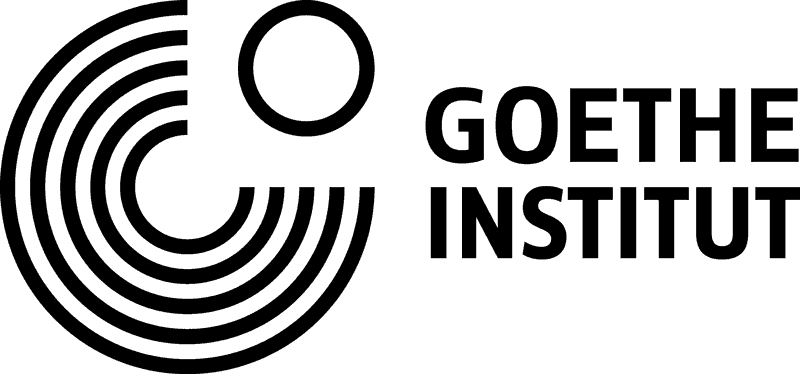we are happy to have four artists/groups receiving our research grants for 2018
Research-Grants 2018
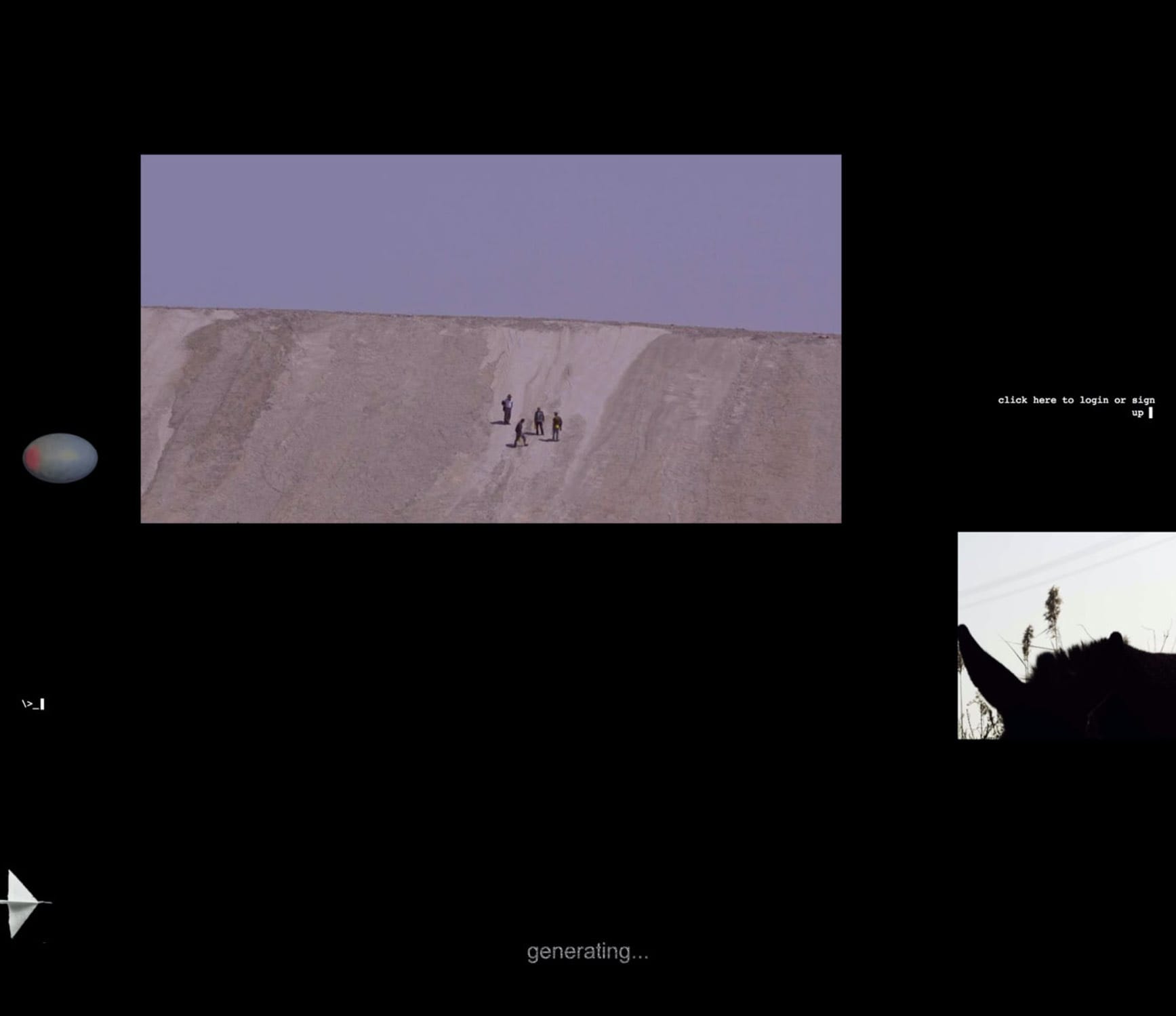
Xiaofei Mo, »Pond.is«
We are happy to have four artists/groups receiving our research grants for 2018: Xiaofei Mo, Sponge Gourd Collective, Matjaz Tancic, Christiano Bianchi, Ting-I Tsai, and Annie Malcolm.
The Artist Xiaofei Mo follows the path of Alekseĭ Matveevich Pozdneev, a Russian orientalist specializing in Mongol studies, who in 1892 led a year-long expedition to China and Mongolia, traveling through the vast region extending from Beijing to Zhangjiakou. Pozdneev’s journey resulted in an extensive travelogue. Taking this travelogue as a guide, Xiaofei Mo visited and studied the many sites along the Beijing-Zhangjiakou route — such as Xiguanshi (西贯市), Juyong Pass (居庸关), Chadaocheng (岔道城), Xuanhua (宣化), and others — that Pozdneev describes in his book.
Sponge Gourd Collective, Beatrix Chu, Daphne Xu and Diane Zhou, works an a Highspeed Rail-Project called “The Harmonious Commute”. The project The Harmonious Commute 跳出北 京看北京, investigates the Chinese high-speed rail as a cultural artifact and social construct, with a focus on its role as the literal and symbolic connecting feature of the planned Jing-Jin-Ji megaregion. Since March 2018, they have completed multiple research trips.
Matjaz Tancic, Christiano Bianchi and Ting-I Tsai work on their project »On the Road / In-between Olympic Sites«, which investigates the change ignited by the Olympics by focusing on the connection between tangible and intangible aspects: the physical transformation of the urban / natural environment and the related impact on people. The process will record the situation of the territory and the humans on the area interested by the Olympic Games.
Annie Malcolm will conduct an ethnographic writing based on observation, interviews and engagement with text. »Abtopic Speed: Image, City, Futures« (working title) will observe an interesting paradox of Jing-Jin-Ji : While it is a plan seemingly about a spatial re-configuration, what it really does is make changes in time. Getting (humans and non-humans) from one place to another within the three cities will take less time as the transportation systems are improved in the development of the one mega-city. The relationships between the nodes within this large urban area will change in terms of speed; what are the social impacts of these kinds of processes happening faster?
view more
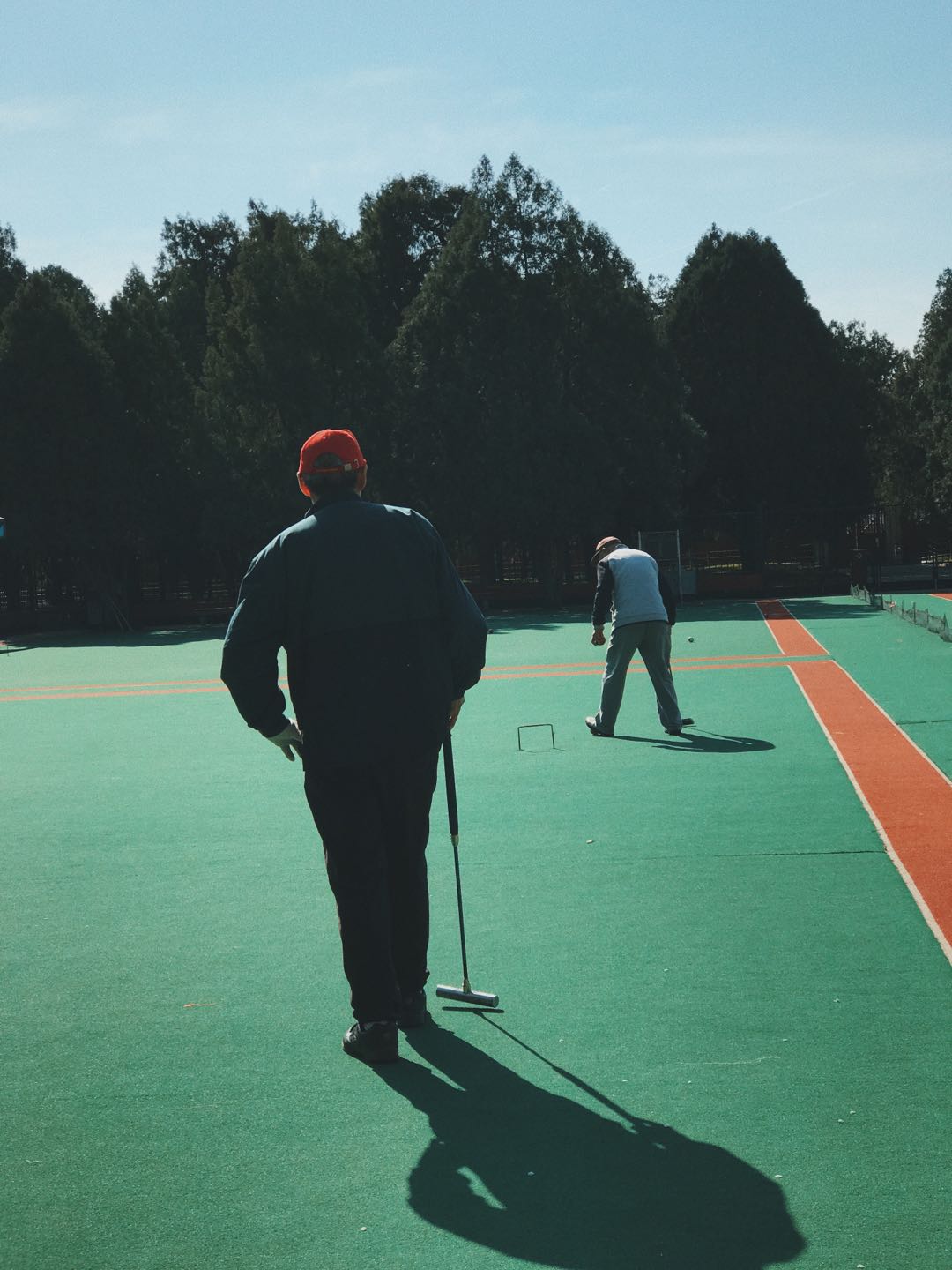 Place of the Day – Urban Utopia and the Nostalgic Garden
by Weili Zhang
This essay discusses the titular terminologies (Utopia, Nostalgia, Garden and Place) in relation to each other, showing how various concepts are interlinked through a brief account of history and observations of contemporary Chinese society.
positions
→ featured
Place of the Day – Urban Utopia and the Nostalgic Garden
by Weili Zhang
This essay discusses the titular terminologies (Utopia, Nostalgia, Garden and Place) in relation to each other, showing how various concepts are interlinked through a brief account of history and observations of contemporary Chinese society.
positions
→ featured
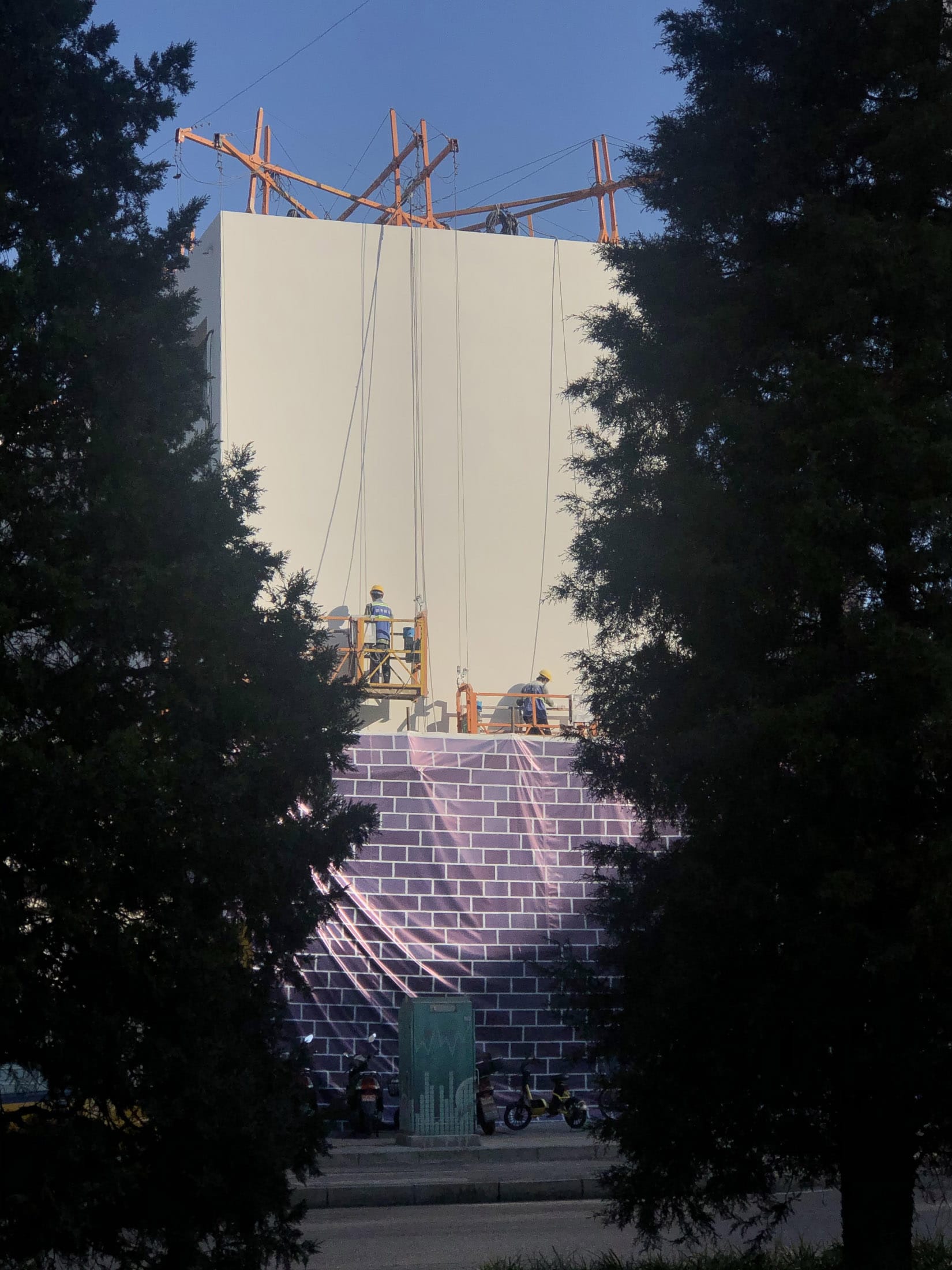 Stranger Than Science-Fiction?
by Samuel Kay and Muxia Liu
Urban Inequality, Density, and the Spatial Imaginaries of Beijing’s City Plan and Hao Jingfang’s Folding Beijing
residencyprojects
→ featured
Stranger Than Science-Fiction?
by Samuel Kay and Muxia Liu
Urban Inequality, Density, and the Spatial Imaginaries of Beijing’s City Plan and Hao Jingfang’s Folding Beijing
residencyprojects
→ featured
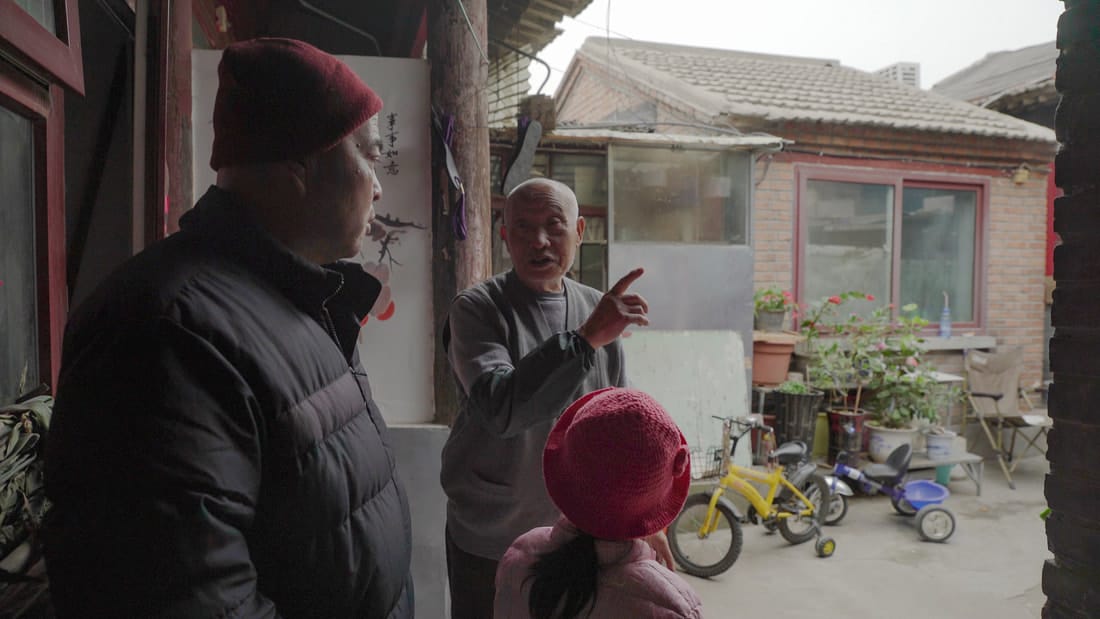 Walls and WalnutsMar 10, 2020
An ongoing project in a collaboration with artists Zhangbolong Liu and Jialin Yang
research-grantsprojects
Walls and WalnutsMar 10, 2020
An ongoing project in a collaboration with artists Zhangbolong Liu and Jialin Yang
research-grantsprojects
 A Thousand-Year StageAugust 2019
A Thousand-Year Stage (2019) is an experimental non-fiction film that features local residents of Xiongan New Area, Chinaʼs most recently planned megacity, awaiting its transformation. By Daphne Xu.
exhibitionprojects
A Thousand-Year StageAugust 2019
A Thousand-Year Stage (2019) is an experimental non-fiction film that features local residents of Xiongan New Area, Chinaʼs most recently planned megacity, awaiting its transformation. By Daphne Xu.
exhibitionprojects
past talks
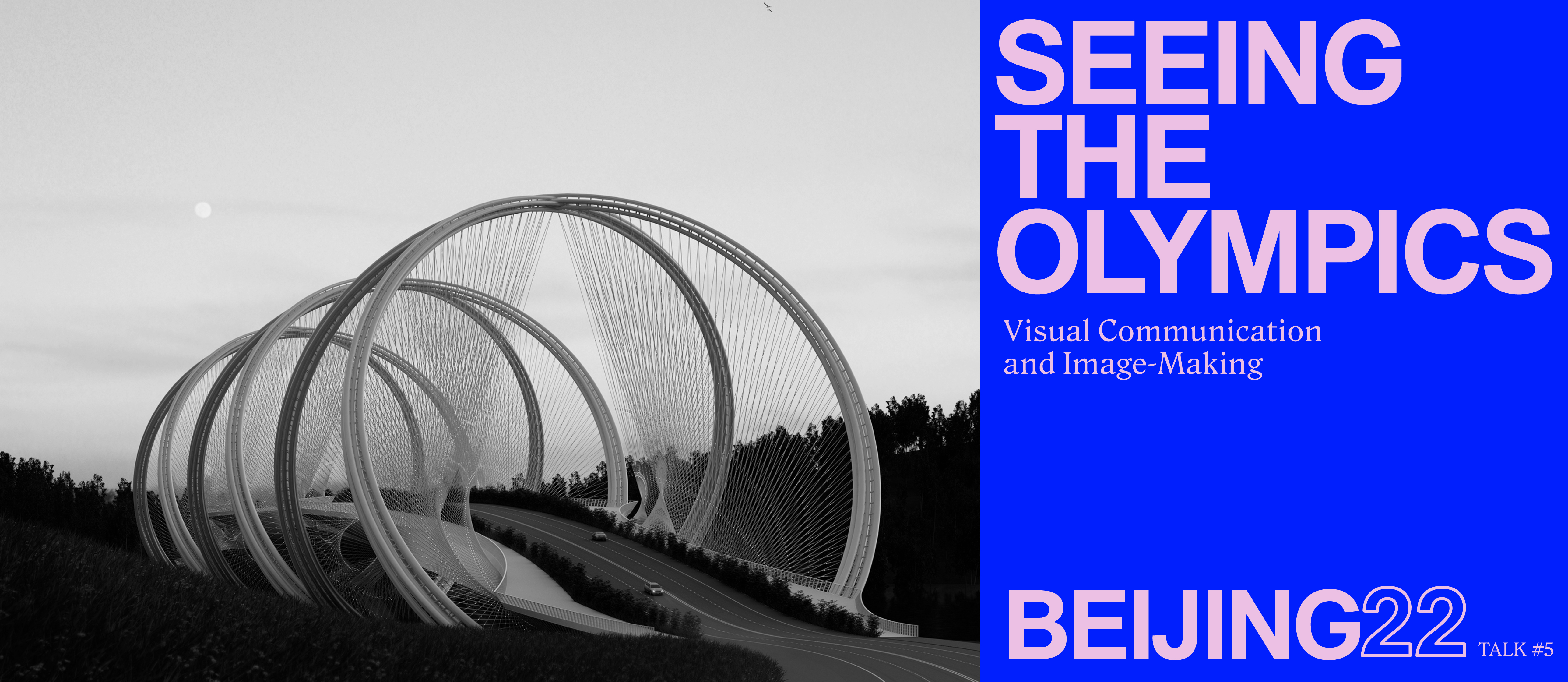 Talk No. 5: Seeing the OlympicsDec 7, 2019
Visual Communication and Image-Making.
talkconversations
Talk No. 5: Seeing the OlympicsDec 7, 2019
Visual Communication and Image-Making.
talkconversations
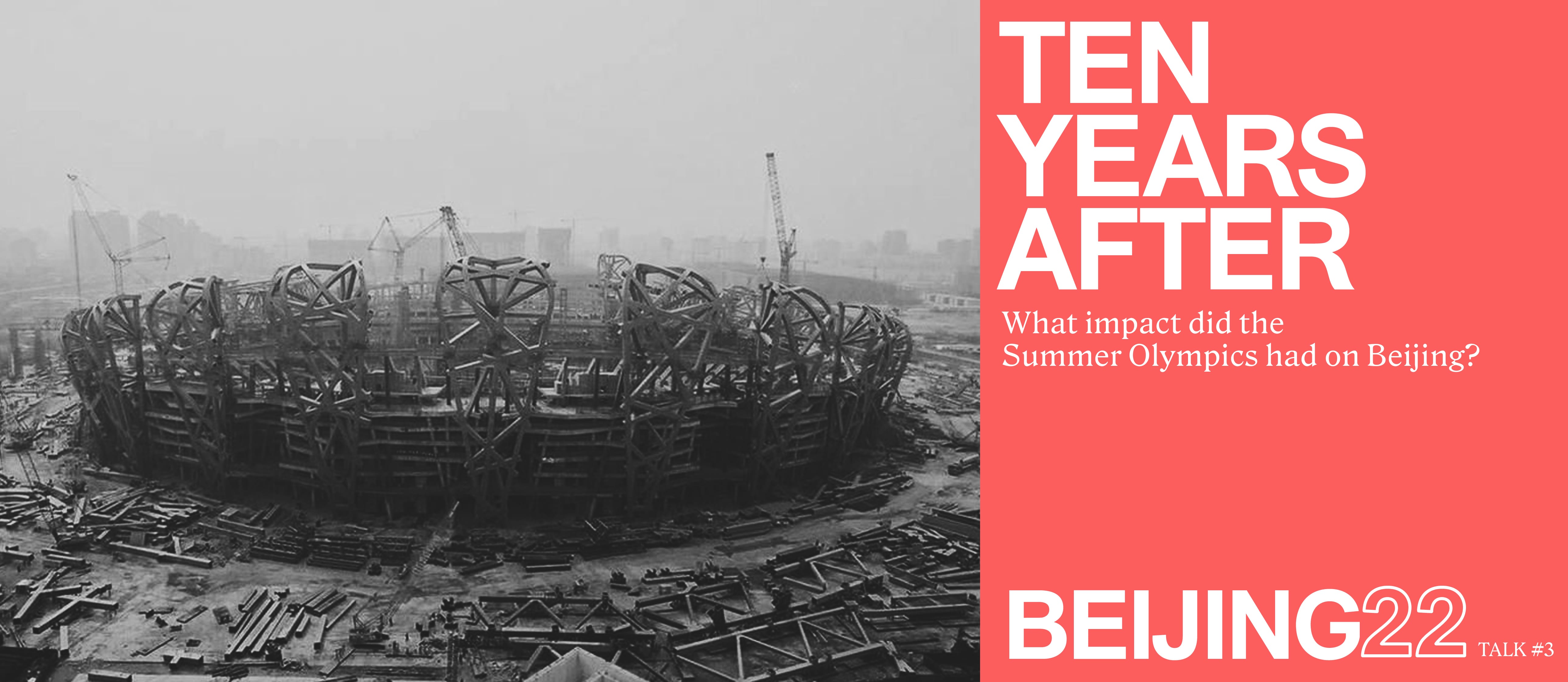 Talk No. 3: Ten Years afterDec 15th, 2019
In what way does the Beijing pre and post-Olympics Beijing differ? How are events like the Olympics utilized for a Chinese urbanization model?
talkconversations
Talk No. 3: Ten Years afterDec 15th, 2019
In what way does the Beijing pre and post-Olympics Beijing differ? How are events like the Olympics utilized for a Chinese urbanization model?
talkconversations
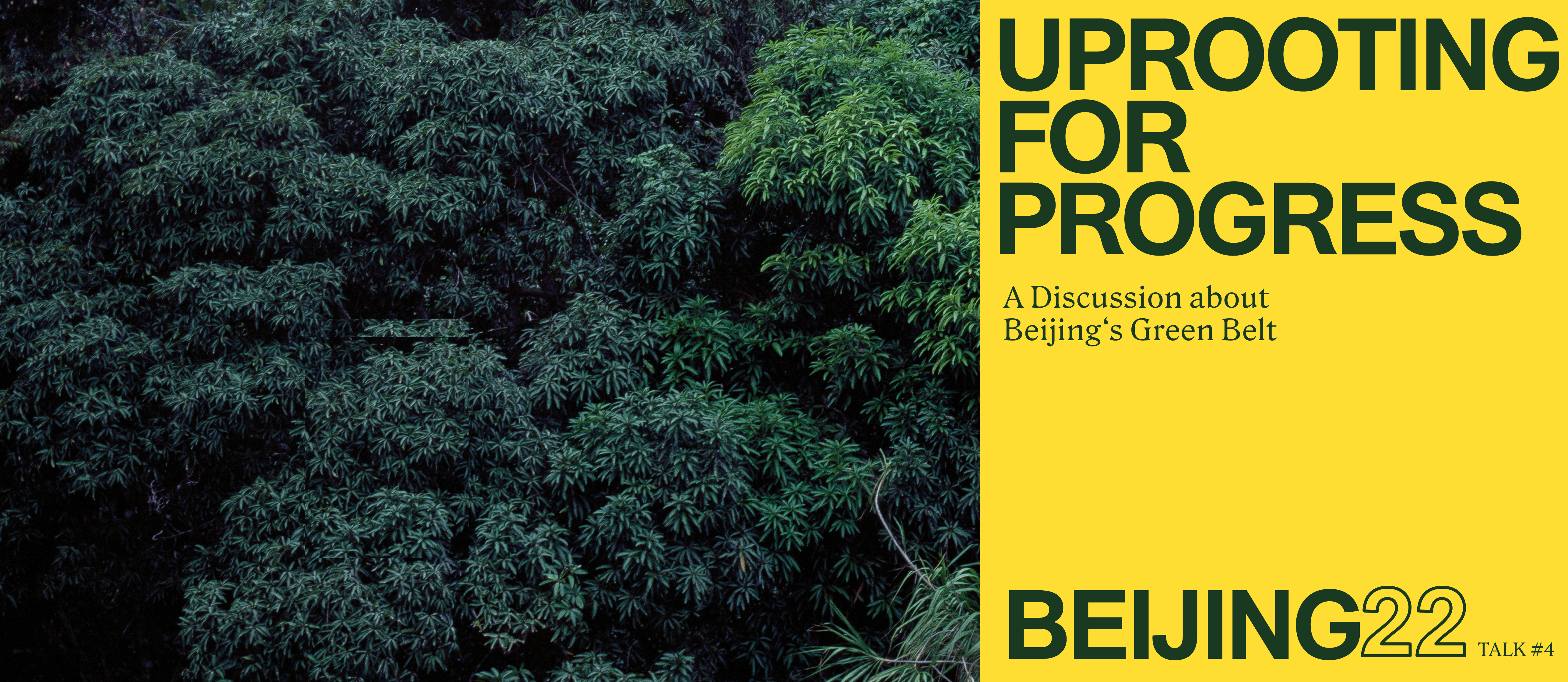 Talk No. 4: Green BeltNov 2, 2019
A common problem that cities all around the world are sharing is the growing urban pollution problem.
talkconversations
Talk No. 4: Green BeltNov 2, 2019
A common problem that cities all around the world are sharing is the growing urban pollution problem.
talkconversations
